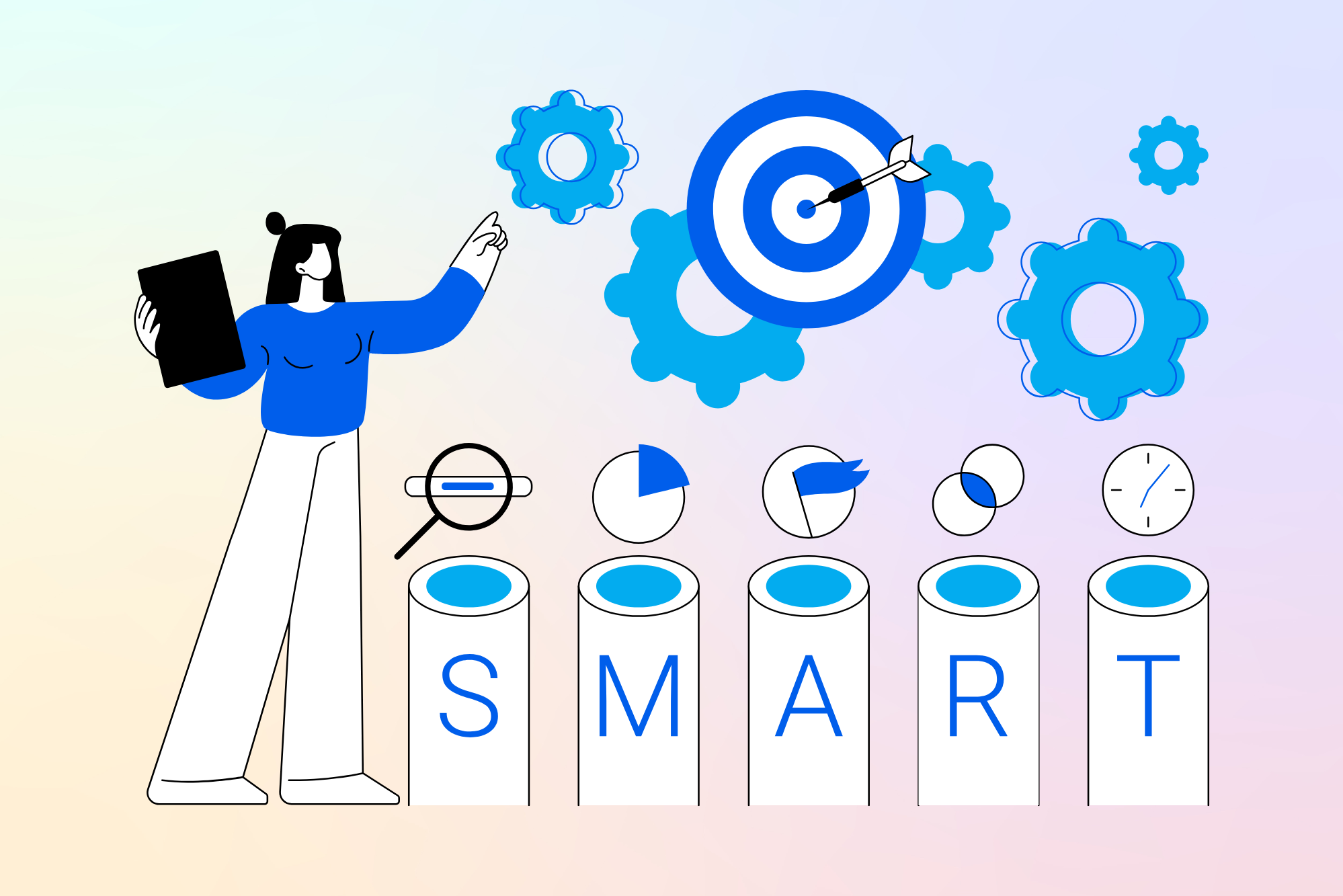Start improving with Life QI today
Full access to all Life QI features and a support team excited to help you. Quality improvement has never been easier.

Organisation already using Life QI?
Sign-up

In this series of blogs, we’ve already had a look at what driver diagrams are, how they can be used and the benefits of using them. In this piece, we’re going to be drilling down into the detail to find out how you can most efficiently use driver diagrams within your Quality Improvement (QI) project. We’re going to take a look at various activities that can help feed into your driver diagram, including brainstorming, prioritising ideas and how you might go about creating a Plan Do Study Act (PDSA) cycle.
Brainstorming ideas is a great way of getting together with your team and to think about different ways to solve your QI problem and can help you with creating various elements of your driver diagram. You might have already come across the concept of brainstorming – either in preparing for your first Quality Improvement (QI) project or in other areas of working.
The NHS England and NHS Improvement Online library of Quality, Service Improvement and Redesign tools document ‘Brainstorming’ QSIR article describes brainstorming in the QI context as ‘the general term used for idea generation or coming up with lots of new ideas.’ The report advises the use of brainstorming to help avoiding making knee jerk reactions within your QI project and suggests using brainstorming to help think differently about any problems you might be trying to solve.
You can use brainstorming for lots of QI areas. For example, to work out a list of changes, how much effort they'll take and how difficult they will be. But how do you go about it? The Brainstorming’ QSIR article advises sticking to five key tenets when brainstorming:
It also helps to be prepared for your session with the right equipment to capture all these fantastic QI ideas! Items like flip charts and sticky notes – and pens! - can really help.
Before you get going – it’s a good idea to set a goal or objective of what you want to cover. You could go as far as writing up the problems you want to solve. But don’t add in any hints or tips in there, as this might influence your team members’ thinking!
It’s a good idea to capture ideas. Encourage your team to write down ideas on sticky notes as you go along. These can be grouped together and photographed at the end of the session.
‘Brainstorming is an active exercise, so encourage people to stand up, shift position and move around. People should call out ideas spontaneously with no discussion at this stage. Encourage 100% participation. Speed is important and people should not get bogged down.’
If you haven’t tried brainstorming before, don’t be put off! It does not need to be complex to be effective, and sometimes – the more casual and relaxed the brainstorming session is – the more inspired ideas you and your team can generate.
Driver diagrams can really help you prioritise your change ideas, and this is something that would work really well as a team activity. You can get your group together to rank change ideas by both impact and effort, and there are various ways you can do this.
You might want to use brainstorming (above) to help you prioritise. Or you and your team might decide to work through a prioritisation matrix which will help you to identify which change ideas could work best, by ranking them thus:
This will really help you to be clear about the thinking behind prioritising ideas.
You could also look at ‘dot voting’. A technique you can use to help prioritise and make decisions when there are a number of options. It is also known as ‘democracy by dots’. This is done by giving your team sticky dots and asking them to allocate their dots to different priorities or change ideas. Once this activity is complete – the information can be used to prioritise the order of ideas. This technique is shown to have many benefits for QI work – and helps you to engage your team and will feed into your driver diagram.
You may well be familiar with the Plan-Do-Study-Act (PDSA) cycle as part of your QI work. Essentially, it’s a ‘structured method which is commonly used to test changes in quality improvement.’ PDSAs can help you not only test your change ideas, but also let you evaluate them by using the four-step process.
It also is really helpful for your driver diagram creation as it gives you guidance of where your change ideas might work and also creates a ‘feedback loop of constant learning and improvement.’
Let’s take a quick look at the various stages of a PDSA cycle from our blog ‘Design and test changes using the PDSA cycle’:
Plan – This is the stage when you agree on the change that will be tested and plan your actions for the cycle. You would also agree on and form a team that will be managing the process and who will be responsible for the PDSA cycle. At this stage, you need to identify exactly what your objectives are and what you want to achieve. It’s also a good idea to work out what measurements you will use to measure your changes.
Do – This stage is when you will carry out the change or test. It may be a very small test and you may have several tests going on at the same time, but this is when the action takes place. This is also the stage when you will be observing where any problems lie and start collecting data for analysis. In Life QI you can easily record all stages of the cycle within the system and collect data that will be reviewed within the ‘Study’ phase.
Study – You will now need to study the data you have collected, which will be based on the outcomes that were agreed during the Plan phase. Once you have collected the data, you can review, discuss and reflect with your team about the impact of the change and the test and about what you have learned. Now is the time to agree what needs to be tweaked or whether test needs to be abandoned - or indeed whether the results mean a positive outcome can be followed through going forward.
Act – At this stage, you will be acting on the data that you have collected, so you may be planning the next change cycle based on the reflection of the test within the Study phase. You may also be planning full implementation based on your results. The results of one cycle are often used to inform an enhanced idea, that can then be tested in a new cycle.
You can read more in our blog ‘What is a PDSA cycle?’.
There are plenty of ways you can create and feed into your driver diagrams – but these three activities can really help and are helpful tools for starting the ball rolling within your QI project.
Full access to all Life QI features and a support team excited to help you. Quality improvement has never been easier.

Organisation already using Life QI?
Sign-up


.png)


